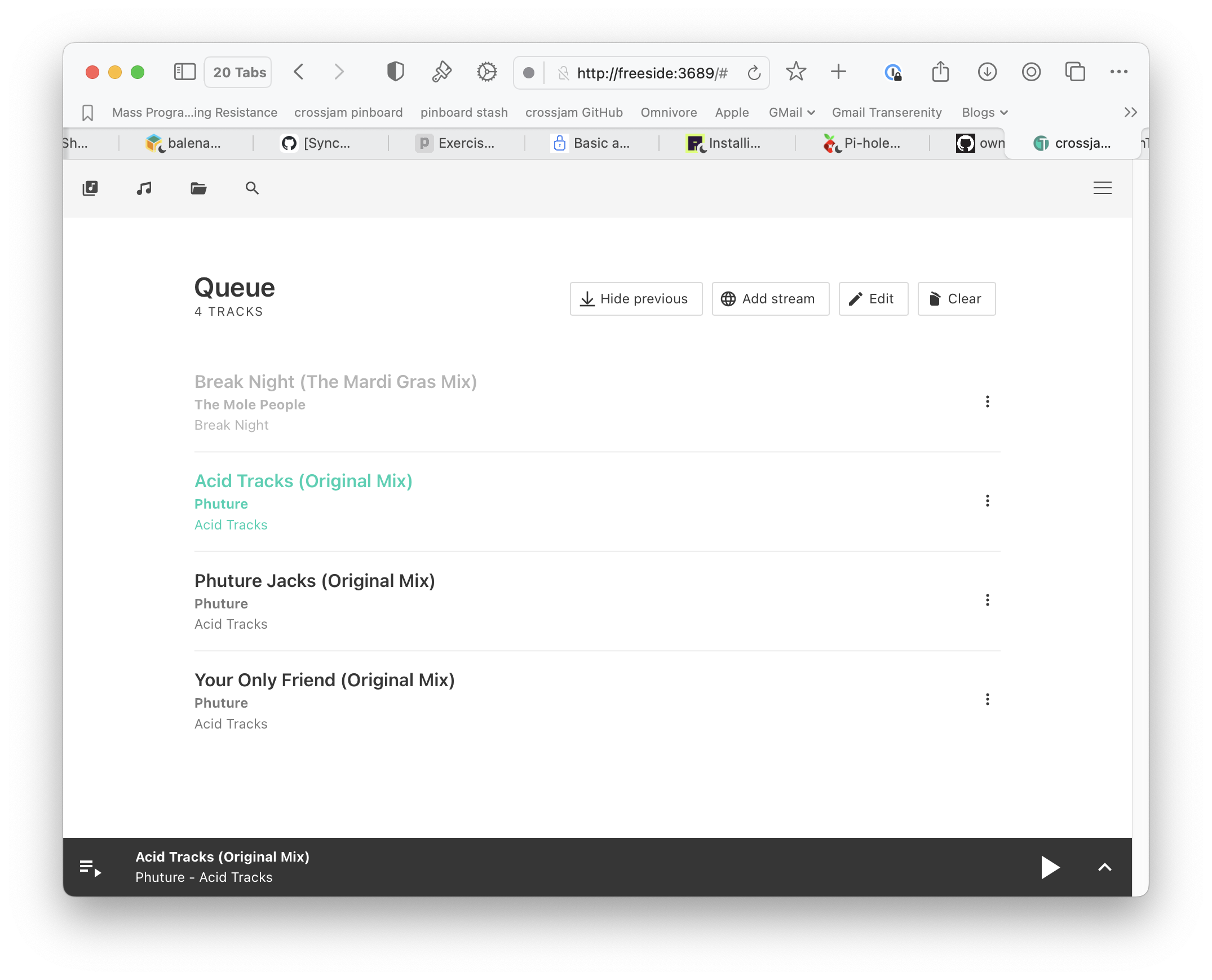Over 15 years ago, I completed a generative art hack in Python. Effectively I transliterated a work from Processing into a combination of pygame and some lower level bit manipulation libraries. Further work never got all that far into making a robust framework or re-implementing other works.
Fast forward to the current era and maybe it’s time for a revisit. Especially as I’m looking for some new themes for this blog. First off, there’s likely a free order of magnitude or two speedup that’s been gained just through processor and GPU improvements. Second, thanks to the AI bubble, the software layers for programming with accelerators in Python has vastly improved. Third, it looks like OpenGL isn’t the only way to do fast bit level graphics anymore.
Just for grins, I’ve been tasking Gemini Deep Research to create reports on how this could be done. Here’s a sample:
I. Executive Synthesis: Framework Recommendations and Performance Benchmarks
A. The Architecture of Choice: Optimal Stack for Real-Time
Generative Art The investigation into Python frameworks suitable for real-time generative art, specifically those handling large bitmap images represented by NumPy arrays, identifies an optimal stack that minimizes CPU overhead and leverages modern hardware capabilities. The most architecturally sound and performance-oriented solution centers on the use of pygfx and fastplotlib, relying on the WGPU graphics backend.
This combination is strategically superior because it addresses the constraints inherent in legacy visualization tools. Frameworks such as VisPy and Pyglet, while mature, are typically built upon OpenGL. In contrast, WGPU represents a crucial evolutionary step in graphics APIs, serving as a high-level abstraction layer that translates uniformly across modern, low-level APIs, including Vulkan, Metal, and Direct3D. Since WGPU itself is a Rust implementation with C bindings , adopting a WGPU-based library inherently satisfies the requirement for low-level language bindings while maintaining a high-level Python application interface. This architectural choice is not merely an incremental performance improvement but a foundational necessity to fully exploit the parallel processing power of modern GPUs, ensuring greater long-term stability and maximizing performance gains compared to frameworks constrained by the legacy overhead of OpenGL.
This could also be an interesting exploratory application of agentic coding. I know a bit about graphics and generative art, but I’m not an expert. Maybe I could coding-centaur my way into a useful framework in a reasonable amount of time.


